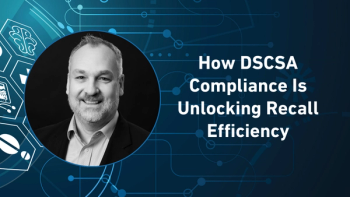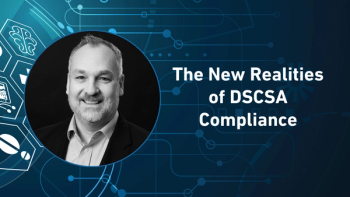
Trump’s drug-pricing speech is long on rhetoric, short on substantive action
Eagerly anticipated address avoids major policy changes while chipping away at well-recognized pricing disincentives
Let it be recorded that May 11 was the day President Trump spoke on the topic of drug pricing with the pharma industry’s full attention focused on his remarks; beyond that, the main news is all the things that Trump had hinted at previously, but ignored with the spotlight on his presentation. Chief among these is the idea that HHS would be authorized to negotiate drug prices with manufacturers directly; a second was the possibility of allowing drug re-importation beyond the relatively small personal quantities currently crossing borders. Neither of these was mentioned, and while Trump used phrasing like “the most sweeping action in history to lower the price of prescription drugs” and “we’re very much eliminating the middlemen” in drug distribution, the speech was more of a call to action than action itself.
The best evidence of the speech’s impact is that on the day when US stock indices actually fell (or rose by less than a percentage point), indices tied to the pharma or biotech industry “soared,” as one press account put it, with stock prices showing 2-3% increases. Pharma is breathing a sigh of relief. (Oddly, even 24 hours after the presentation, a transcript was not on the WhiteHouse.gov site. The video of the presentation is available at youtube.com)
There is a long list of details put out in the “blueprint”
Those mysterious middlemen—pharmacy benefit managers and distributors—got some attention, but again as an idea “under review,” rather than a legislative proposal. The HHS blueprint floats the idea of requiring PBMs to have fiduciary responsibility to payers for PBM reimbursement policies, and perhaps banning rebates such that PBMs no longer generate revenue from both manufacturers and payers.
And it is anyone’s guess whether anything will ever come from one of Trump’s rhetorical flourishes, to “fix the injustice” of “global freeloading” by other countries where drug prices are negotiated substantially lower by governments, with the result that, in effect, US consumers and taxpayers fund pharma R&D for the world. How the price of a drug in, say, any European country could include clawing back revenue for a US drugmaker (let alone government or private insurance) will be a negotiation worth watching.
Newsletter
Stay ahead in the life sciences industry with Pharmaceutical Commerce, the latest news, trends, and strategies in drug distribution, commercialization, and market access.





